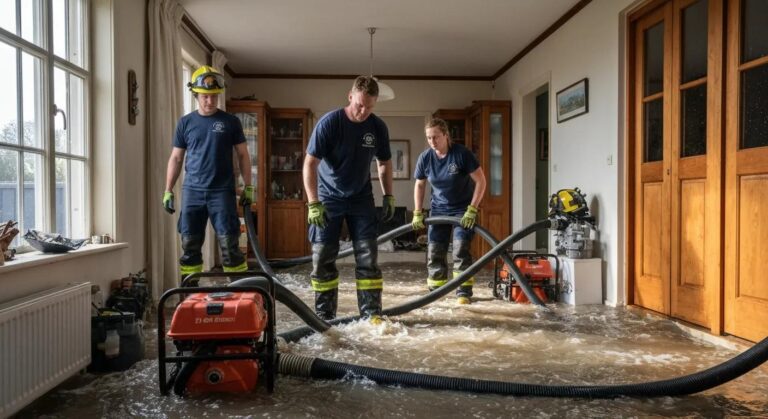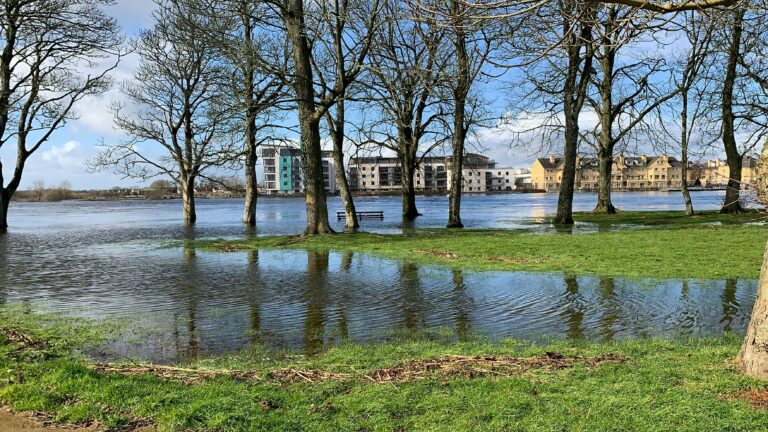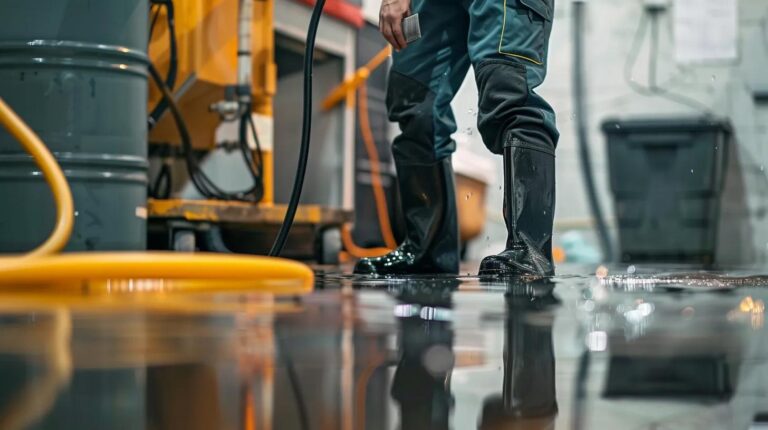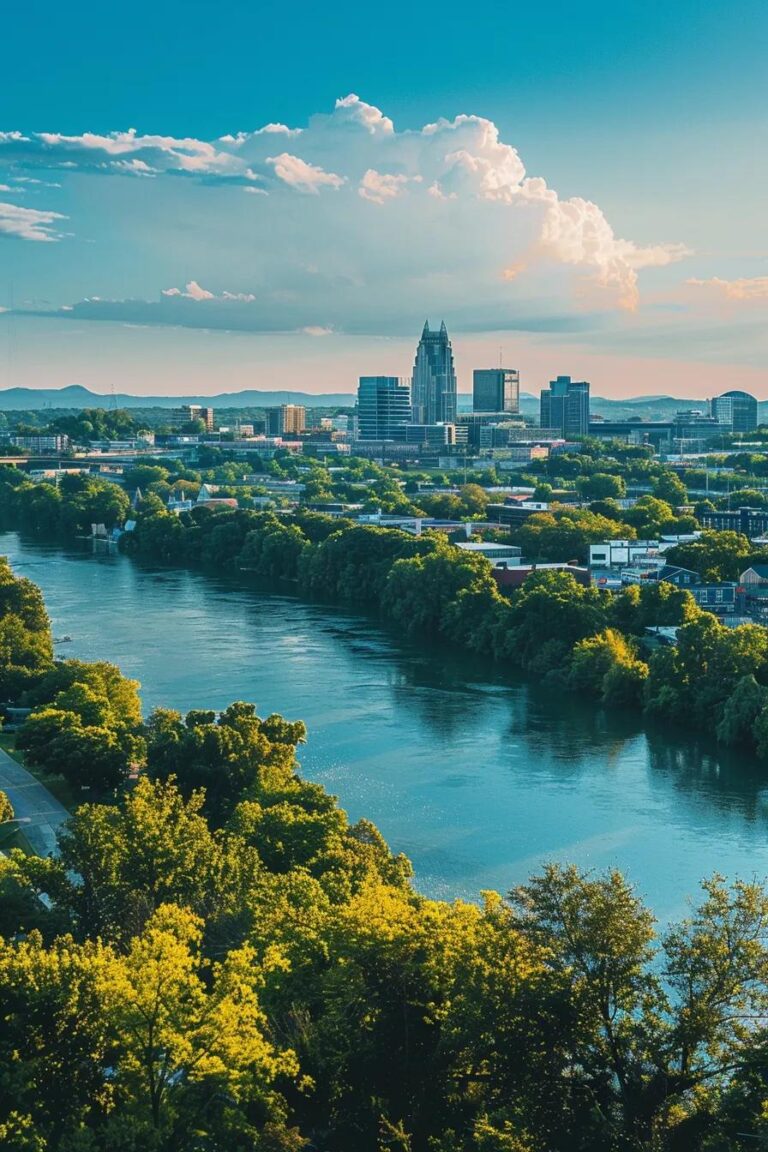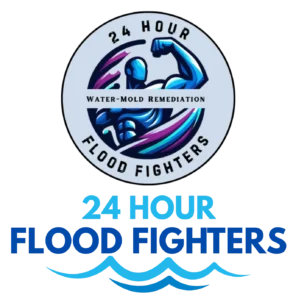Understanding Water Damage Restoration Causes and Solutions
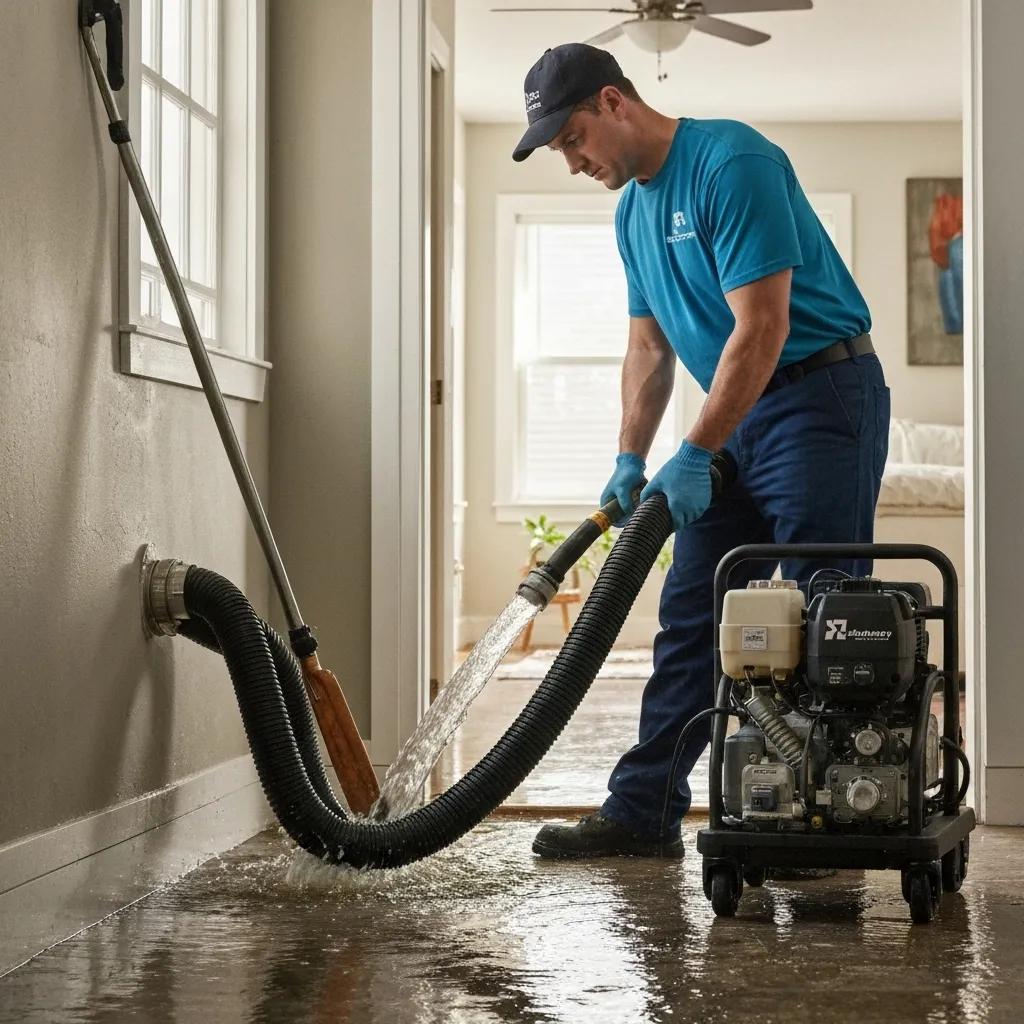
Understanding Water Damage Restoration Causes and Solutions: Expert Services and Prevention in Nashville and Murfreesboro
Water damagerestoration is vital after even minor leaks or sudden floods, since water intrusion accounts for nearly 30 percent of homeowner insurance claims and can compromise structures within hours. In this guide, you will discover what water damage entails, the common causes affecting homes and businesses, a step-by-step restoration process, targeted solutions by damage type, proactive prevention measures, and why 24 Hour Flood Fighters stands out in Nashville and Murfreesboro. Whether you’re facing a burst pipe or planning seasonal safeguards, this article delivers clear definitions, actionable steps, and expert services to restore and protect your property.
Homeowner Insurance Claims for Water Damage
Water damage and freezing are significant concerns for homeowners, accounting for nearly 28% of homeowners insurance losses in 2022, making it the second most common cause of propertydamage claims annually. The average insurance payout for these incidents was $13,954.
This citation verifies the article’s opening statement about water intrusion accounting for a significant percentage of homeowner insurance claims and their associated costs.
What Is Water Damage? Defining Types, Categories, and Severity
Water damage occurs when unwanted water compromises building materials, creating structural decay, mold risk, and health hazards. It varies by contamination level (clean to black water), severity class (1 to 4), and the materials affected. Understanding these facets lays the groundwork for pinpointing causes and selecting appropriate restoration techniques.
What Are the Different Types of Water Damage? Clean, Grey, and Black Water Explained
Before selecting cleanup methods, recognize contamination levels and health risks associated with each category.
| Category | Source | Risk Level – Minimal Contaminants |
|---|---|---|
| Clean Water | Broken supply lines, rainwater | Low |
| Grey Water | Dishwasher, washing machine overflow | Medium – Contains chemicals |
| Black Water | Sewage backups, floodwater | High – Pathogenic bacteria |
Each water category demands specific handling—from simple extraction of clean water to full-scale disinfection for black water—which directly influences restoration scope and safety protocols. Knowing these distinctions guides effective response planning.
How Are Water Damage Classes Determined? Understanding Class 1 to Class 4 Severity Levels
- Class 1: Minimal intrusion to materials with low evaporation; fastest to dry
- Class 2: Significant absorption into carpeting and cushions; moderate drying time
- Class 3: Water from overhead affecting walls and ceilings; extensive evaporation required
- Class 4: Specialty drying for materials like hardwood, masonry, or concrete; longest drying process
Class levels dictate equipment selection and drying strategies, ensuring all moisture is eliminated before reconstruction begins, and leading to better mold prevention.
Which Materials Are Most Affected by Water Damage? Drywall, Carpet, Wood, and More
Different building components absorb and retain water uniquely, affecting restoration steps and timelines.
| Material | Vulnerability | Impact |
|---|---|---|
| Drywall | Rapid saturation | Structural weakening, mold growth |
| Carpet & Pad | Deep absorption | Odor retention, mold risk |
| Hardwood Floor | Moisture warping | Buckling, cupping |
| Insulation | Water retention | Reduced thermal performance |
| Ceiling Tiles | Porous surface | Sagging, microbial growth |
Tracking material behavior under moisture helps restoration technicians select proper dehumidifiers, air movers, and rebuild methods to return each element to pre-loss condition. With materials mapped, you can move on to identifying how damage begins in homes and businesses.
What Are the Most Common Causes of Water Damage in Homes and Businesses?
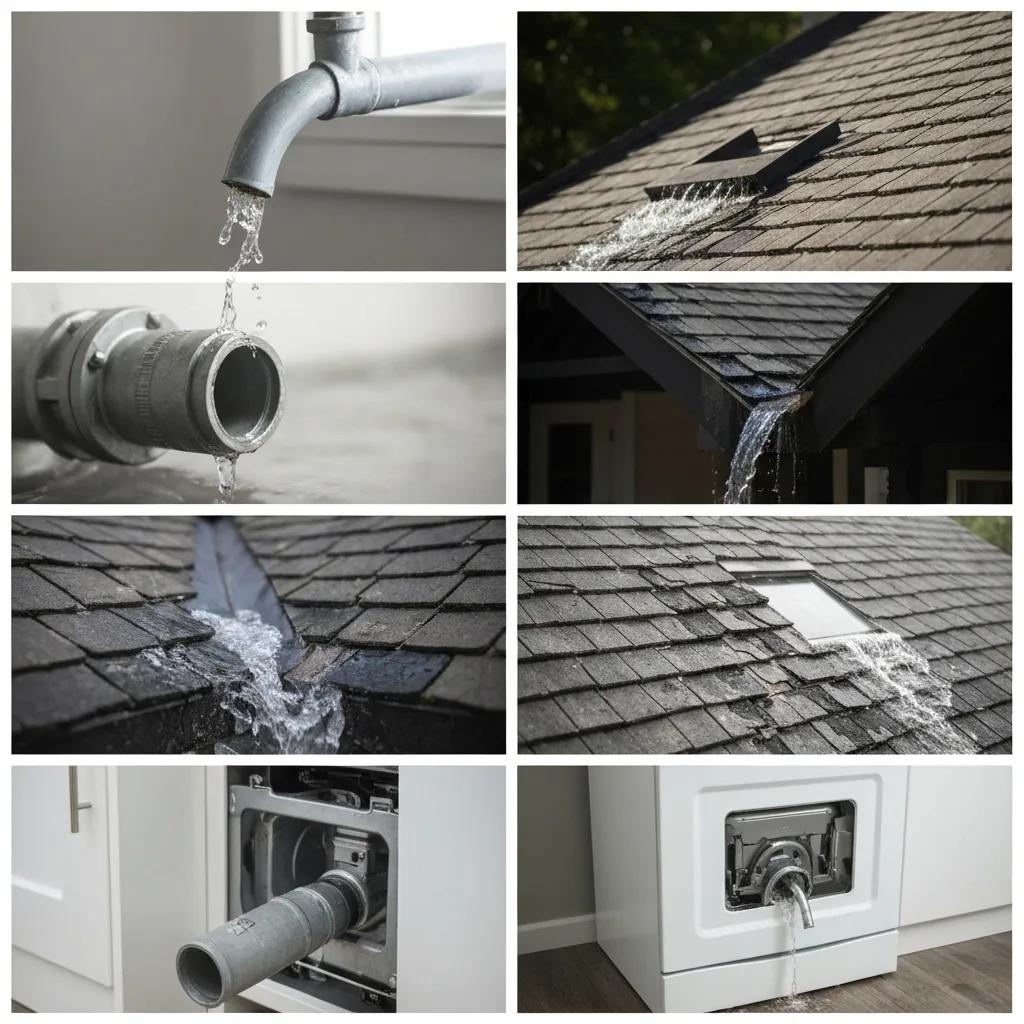
Water damage often stems from structural failures, mechanical breakdowns, environmental events, and maintenance lapses. Identifying root causes enables targeted prevention and faster mitigation when incidents occur.
- Structural leaks through roofs and walls
- Burst pipes due to corrosion or freezing
- Appliance malfunctions (dishwashers, water heaters)
- Natural floods and sewage overflows
- HVAC condensation and clogged gutters
Spotting these categories early leads directly to tailored fixes and professional restoration interventions that limit losses and health risks.
How Do Burst Pipes Lead to Water Damage and What Are the Warning Signs?
Burst pipes release pressurized water that can flood walls, floors, and ceilings in minutes. Common warning signs include unusual water pressure fluctuations, visible corrosion on pipe joints, damp spots along walls, or sudden increases in water bills. Promptly shutting off the main supply and calling emergency restoration services prevents structural damage and mold colonization.
How Can Roof Leaks and Appliance Malfunctions Cause Water Intrusion?
Roof leaks allow rainwater to seep into attic spaces and ceiling cavities, often unnoticed until discoloration or sagging appears. Similarly, dishwasher and water heater failures eject wastewater into surrounding areas, soaking cabinetry and flooring. Regular inspections of roof shingles and appliance hoses minimize these risks and reduce the need for extensive drying and rebuild work.
What Impact Do Floods and Sewage Backups Have on Property Damage?
Flood events from rivers, heavy storms, or sewer blockages carry contaminants and sediments that penetrate foundations, walls, and mechanical systems. Sewage backups introduce black water laden with bacteria and viruses. Both scenarios require comprehensive sanitization, specialized extraction, and disposal procedures to restore healthy indoor environments and comply with health regulations.
How Does HVAC Condensation and Clogged Gutters Contribute to Water Damage?
Condensation from poorly maintained air handlers or blocked gutters can overflow into walls and basements, causing hidden dampness and structural rot. Ensuring proper drainage around the roofline and cleaning drip pans and gutter troughs prevents gradual water intrusion that often goes undetected until significant damage and mold have developed.
What Is the Step-by-Step Water Damage Restoration Process?
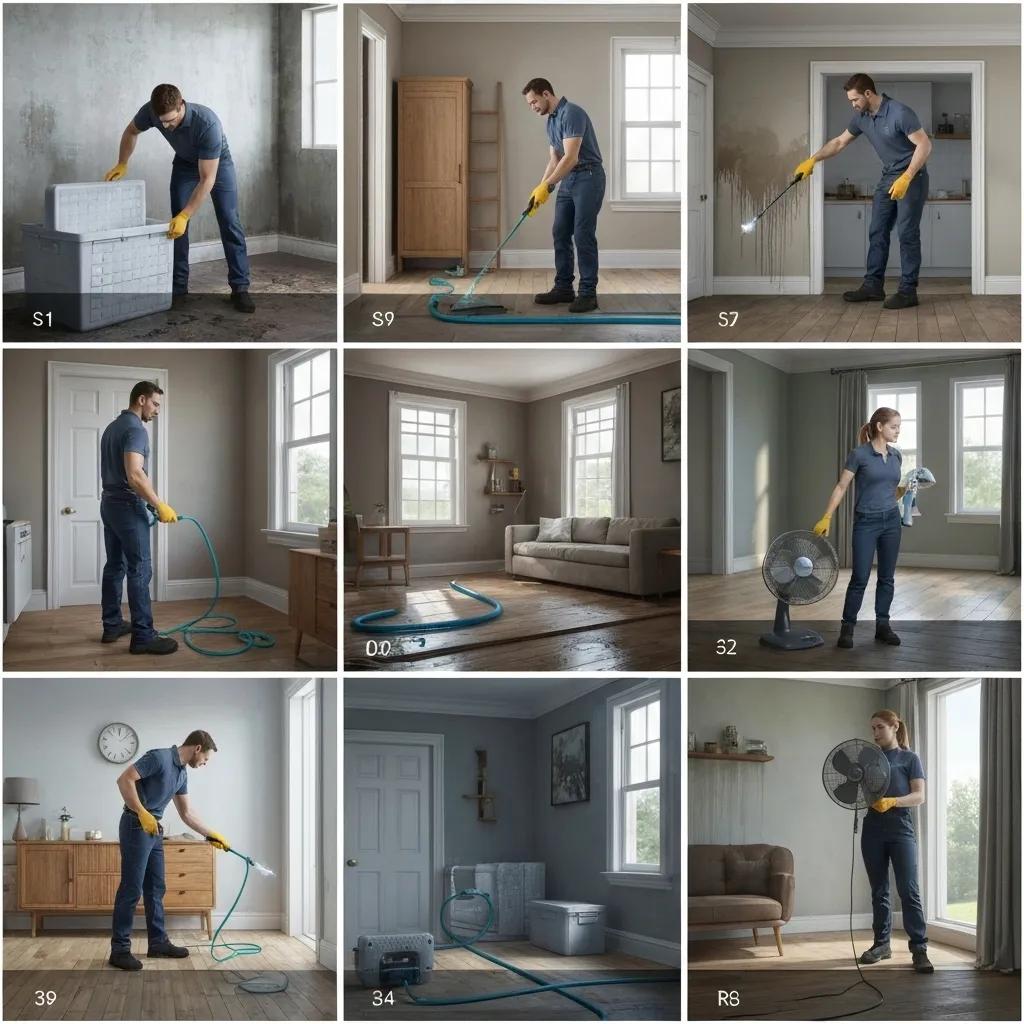
A structured restoration process ensures safe, thorough recovery and compliance with industry standards. Professional teams follow these core steps to return your property to its pre-loss condition.
- Emergency Contact and Response
- Initial Inspection and Damage Assessment
- Water Extraction and Cleanup
- Drying and Dehumidification
- Cleaning, Sanitizing, and Mold Prevention
- Repair and Reconstruction
This sequence, aligned with IICRC S500 guidelines, organizes resources and equipment for rapid water removal, moisture control, and structural restoration to safeguard your property against future losses.
Professional Standards for Water Damage Restoration and Mold Prevention
The ANSI/IICRC S500 Standard provides comprehensive guidelines for professional water damagerestoration, detailing procedures for assessment, water extraction, drying, and safety. To prevent mold growth after water damage, it is crucial to dry wet materials promptly, ideally within 24-48 hours, and maintain indoor relative humidity below 40 percent.
This citation supports the article’s emphasis on following IICRC guidelines for restoration and provides verified information on critical mold prevention timelines and humidity control.
How Does the Initial Inspection and Damage Assessment Work?
During the inspection phase, technicians use moisture meters, infrared cameras, and visual surveys to locate water intrusion, identify materials affected, and classify damage by type and class. This detailed assessment establishes a customized restoration plan, equipment needs, and projected timelines, ensuring every space is documented before work begins.
What Are the Methods for Emergency Water Extraction and Cleanup?
Rapid water extraction employs truck-mounted pumps, portable vacuums, and submersible pumps to remove standing water within the first 24 hours. Cleanup also involves removing saturated debris and contents that cannot be dried, reducing mold risk and preparing surfaces for the following drying stage.
How Are Drying and Dehumidification Performed to Prevent Mold Growth?
High-capacity air movers and dehumidifiers control ambient humidity and airflow, drawing moisture out of walls, floors, and ceilings. Continuous monitoring adjusts equipment placement and settings to achieve optimal drying rates, often reducing indoor relative humidity below 40 percent to inhibit mold development.
What Cleaning, Sanitizing, and Mold Prevention Steps Are Included?
Once materials are dry, technicians sanitize surfaces with EPA-registered antimicrobial agents, deodorize odors, and apply mold inhibitors to vulnerable areas. This multi-step process disinfects porous materials and prevents future microbial growth, restoring a clean, safe environment.
How Does Repair and Reconstruction Restore Property to Pre-Damage Condition?
The final phase replaces or repairs structural elements—drywall, flooring, cabinetry, and finishes—to original specifications. Skilled carpenters, painters, and tradespeople rebuild affected areas, matching materials and textures for a seamless restoration that leaves your home or business fully functional and aesthetically intact.
What Are Effective Solutions for Different Types and Classes of Water Damage?
Tailored approaches based on contamination category and severity class ensure efficient restoration and health safety. Clean water incidents often require minimal sanitation, while grey and black water demand progressive decontamination and disposal protocols.
- Clean water issues can be addressed with rapid extraction and standard drying
- Grey water events require disassembly of non-porous surfaces and intermediate sanitization
- Black water damage combines containment, full structural removal, and professional biohazard disposal
How Are Clean Water Damage Issues Addressed Differently from Grey and Black Water?
Clean water extraction focuses on high-volume removal and standard drying equipment. Grey water situations add targeted cleaning of affected materials and potential removal of insulation. Black water events mandate containment barriers, protective gear, and complete removal of unsalvageable materials before thorough disinfection.
What Are Best Practices for Basement Flooding and Crawl Space Water Damage Cleanup?
For below-grade flooding, professionals seal entry points, pump out water using submersible units, and install specialized dehumidifiers and floor mats to draw moisture from concrete. Crawl spaces often require moisture barriers, sump pump installation, and insulation removal to prevent recurrent dampness and mold infiltration.
How Does Mold Remediation Integrate with Water Damage Restoration?
Mold remediation works hand-in-hand with water extraction and drying. After moisture removal, containment of mold-affected zones, air filtration with HEPA vacuums, and safe mold removal procedures restore indoor air quality. Final cleaning and anti-microbial treatments ensure mold spores are eliminated before repair and reconstruction.
How Can Homeowners and Businesses Prevent Future Water Damage?
A proactive maintenance plan reduces the likelihood of leaks, floods, and costly emergencies. Key strategies include scheduled inspections, proper drainage, and early detection systems.
- Inspect piping, hoses, and roof flashings twice a year
- Keep gutters clear and grading sloped away from foundations
- Install sump pumps with battery backups and test regularly
- Use leak detection sensors and pipe insulation in vulnerable areas
Implementing these measures curtails common failures and protects investments in restoration and remodeling.
What Maintenance Tips Help Prevent Burst Pipes and Roof Leaks?
Insulate exposed pipes before winter, monitor water pressure for fluctuations, and replace old hoses on appliances. On the roof, seal flashing around vents and chimneys, replace missing shingles, and check attic spaces for daylight penetration, preventing water from entering through weakened barriers.
How Do Sump Pumps, Gutters, and Proper Grading Reduce Flood Risks?
A functioning sump pump automatically removes groundwater entering basements, while clean gutters channel rainwater away from foundations. Ensuring soil around the structure slopes downward directs surface water away, minimizing seepage and hydrostatic pressure against walls.
What Are the Benefits of Leak Detection Systems and Pipe Insulation?
Early-warning sensors alert homeowners to hidden drips before significant pooling occurs, enabling rapid response. Pipe insulation stabilizes temperatures, reducing freeze-rupture risk and condensing water on cold surfaces, which can drip into ceilings and cabinets.
How Can Seasonal Water Damage Prevention Be Implemented in Tennessee Homes?
In spring, clear pollen and debris from gutters; in summer, inspect for roofing damage after storms; in fall, drain exterior faucets and winterize irrigation lines; and in winter, maintain indoor temperatures above 55 °F while monitoring for pipe sweating. These seasonal tasks align with local weather patterns and extend the lifespan of building systems.
Why Choose 24 Hour Flood Fighters for Water Damage Restoration in Nashville and Murfreesboro?
When water emergencies strike, timely, certified support reduces losses and stress. 24 Hour Flood Fighters offers round-the-clock response, local expertise, and full-service restoration—backed by industry standards and insurance assistance.
- 24/7 rapid dispatch for urgent extraction and mitigation
- IICRC-trained technicians adhering to ANSI/IICRC S500 and S520 standards
- Dedicated support for documenting losses and facilitating insurance claims
- Comprehensive services: water damage, mold remediation, firedamage restoration
This full-spectrum approach ensures you work with one trusted partner for all stages of recovery.
How Does 24/7 Emergency Response Ensure Rapid Water Removal?
A dedicated hotline operates nonstop, dispatching technicians within minutes to contain flooding, extract water, and stabilize environments. Immediate action minimizes structural compromise and mold growth, safeguarding health and reducing reconstruction costs.
What Certifications and Industry Standards Does 24 Hour Flood Fighters Follow?
Technicians hold IICRC certification, demonstrating proficiency in watermitigation, structural drying, and mold remediation. Adherence to ANSI/IICRC S500 and S520 guidelines ensures every restoration step meets nationally recognized practices for quality and safety.
How Does the Company Assist with Insurance Claims for Water Damage?
From detailed moisture assessments to photographic documentation and repair invoices, the restoration team compiles all necessary evidence for policyholders. Specialists liaise directly with adjusters to streamline approvals and maximize claim settlements.
What Comprehensive Restoration Services Are Offered Beyond Water Damage?
Beyond water extraction and drying, 24 Hour Flood Fighters provides mold remediation, fire and smoke restoration, pack-out and content restoration, odor removal, and reconstruction. This one-stop solution simplifies project coordination and restores properties to their pre-loss condition.
What Are the Most Frequently Asked Questions About Water Damage Restoration?
Property owners often need clarity on cost, timeline, and service scope before calling a professional. Below are concise, expert-driven insights to common concerns so you can plan and act decisively.
What Is the Typical Cost Range for Water Damage Restoration Services?
Restoration costs vary by water category, severity class, affected materials, and square footage. Clean water incidents often start around $2,000, while grey and black water projects can range from $5,000 to $15,000 or more. Early mitigation reduces overall expenses by limiting structural damage and mold remediation needs.
How Long Does the Water Damage Restoration Process Usually Take?
A standard residential restoration—from inspection through reconstruction—takes 3 to 10 days for clean water damage. Grey water events may require 7 to 14 days, and black water projects with full structural rebuilds can span 2 to 4 weeks. Timely response and weather conditions influence total duration.
What Is the Difference Between Water Mitigation and Water Restoration?
Watermitigation focuses on halting damage progression: stopping leaks, extracting water, removing unsalvageable materials, and drying structures. Waterrestoration follows mitigation by repairing, rebuilding, and refinishing surfaces to return the property to its original state.
How Can Mold Growth Be Prevented After Water Damage?
Maintaining indoor relative humidity below 40 percent and promptly drying wet materials within 24–48 hours prevents mold spores from colonizing. Applying antimicrobial treatments and using air movers and dehumidifiers throughout affected spaces further inhibits fungal development.
When Should You Call a Professional Water Damage Restoration Service?
Contact experts immediately upon noticing leaks, significant flooding, or lingering dampness. Professional intervention is crucial when water covers more than 10 square feet, involves grey or black water, affects structural elements, or accelerates mold growth. Early action protects health, reduces repaircosts, and restores safety.
Four coordinated steps—identify, extract, dry, and rebuild—define a complete restoration strategy. Integrating expert response, industry certifications, and insurance support ensures your property recovers swiftly. For immediate assistance with water intrusion or mold concerns in Nashville or Murfreesboro, contact 24 Hour Flood Fighters and safeguard your home or business today.

